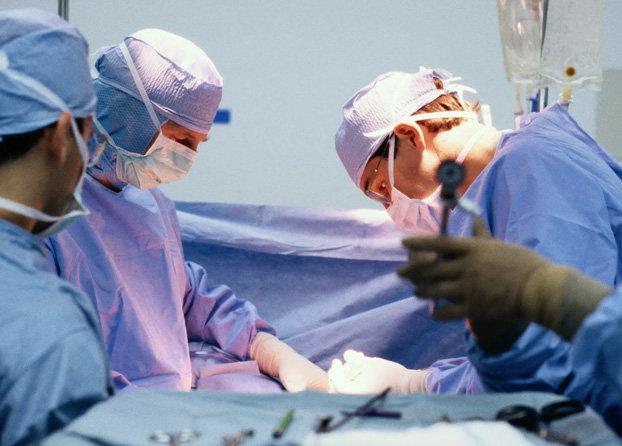Why does staying up late cause acne to occur more frequently?
People often say that staying up late will cause acne, but the real reason behind it is that staying up late triggers endocrine disorders in the body. You may not know that there i...

Our solutions start with a need. Patients and healthcare professionals inspire us to design medical solutions for wound management, surgery and pressure ulcer prevention. We want to enhance performance at every point of care – from the operating room to the home.
People often say that staying up late will cause acne, but the real reason behind it is that staying up late triggers endocrine disorders in the body. You may not know that there i...
Whether wounds can touch water is a question that has been bothering many people. We have been taught since childhood that wounds should never be exposed to water, otherwise they w...
Keloids are thick scars. It's not harmful to your physical health, but it can cause emotional distress. We are not helpless when it comes to keloid scars. Come and take a look with...
When allergies appear in our wounds, we must first quickly identify and avoid contact with possible allergens. Wound allergies are often caused by certain external substances. Afte...
Acne is a skin problem that troubles countless people. Once it breaks out, it is more likely to cause infection and leave unsightly acne marks. So, how do we properly deal with bro...
In the world of medicine, the presence of bedsores is often a warning sign of improper patient care or handling. Sometimes, a thick layer of black scab forms on the surface of the ...
During the wound-healing process, unexpected challenges sometimes arise, one of which is peri-wound dermatitis. This type of dermatitis may result from a variety of causes, such as...
Bedridden patients are prone to pressure sores due to local pressure on the body and poor blood circulation due to maintaining the same posture for a long time. Once bedsores ulcer...